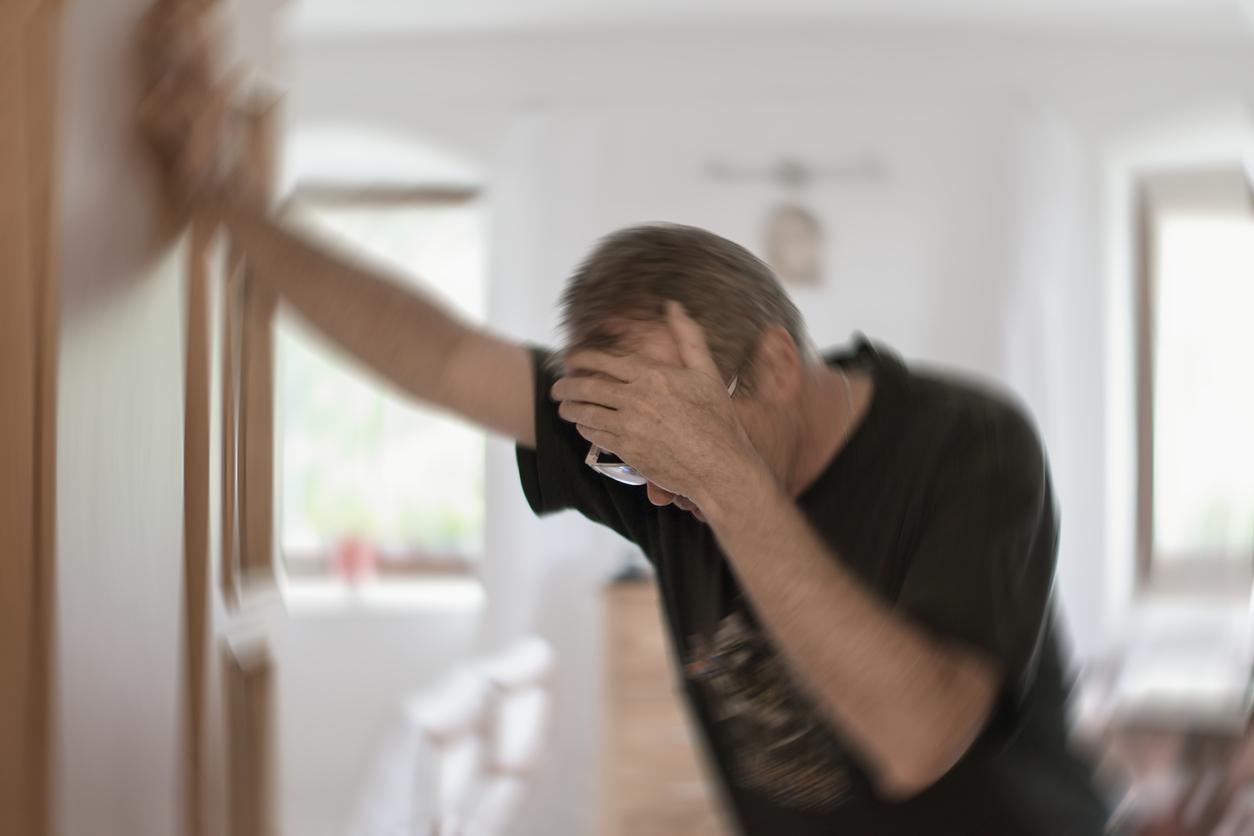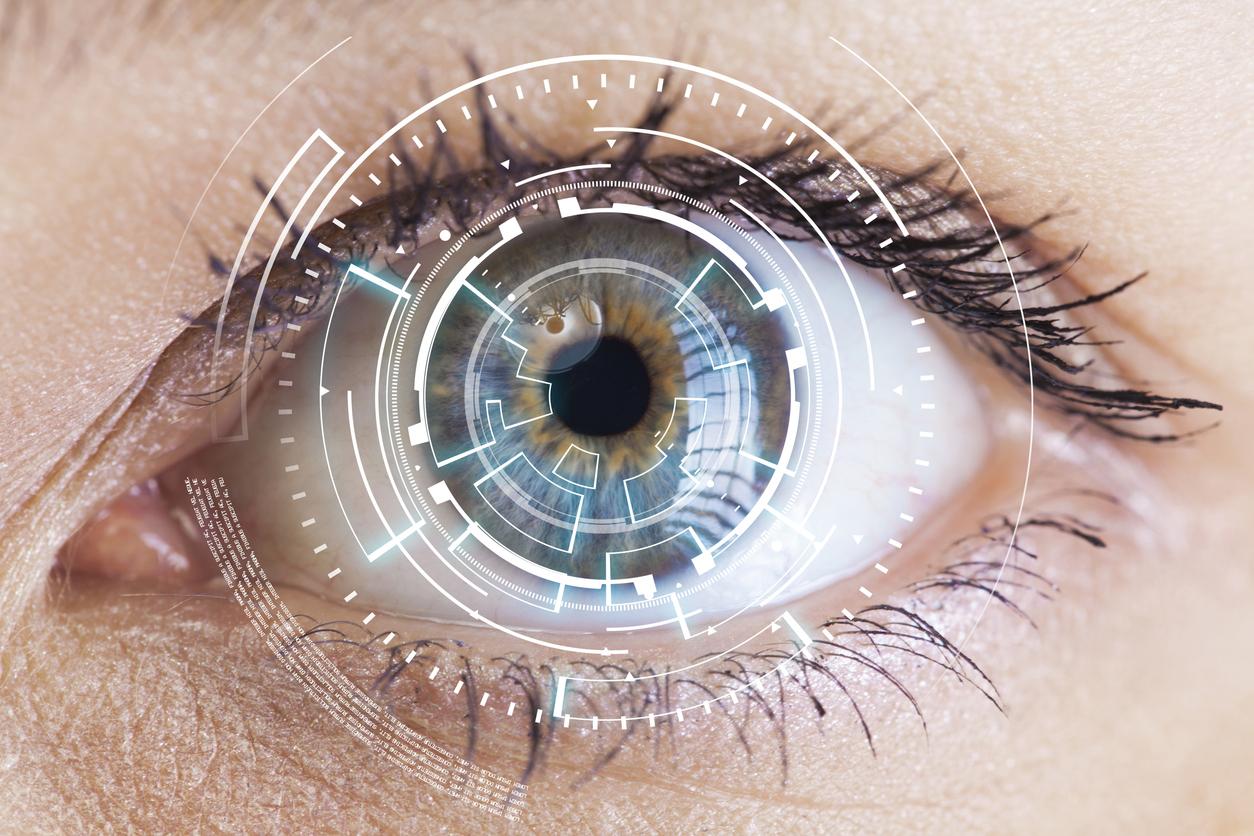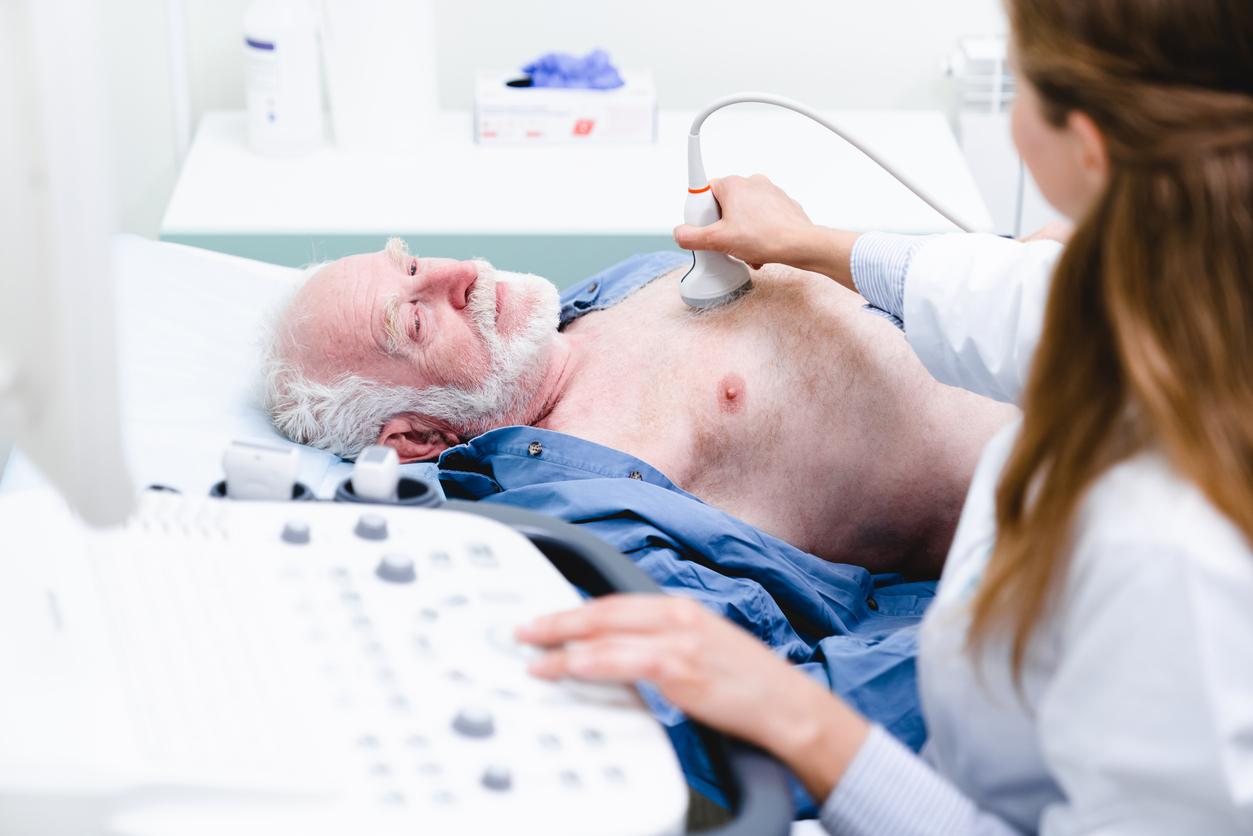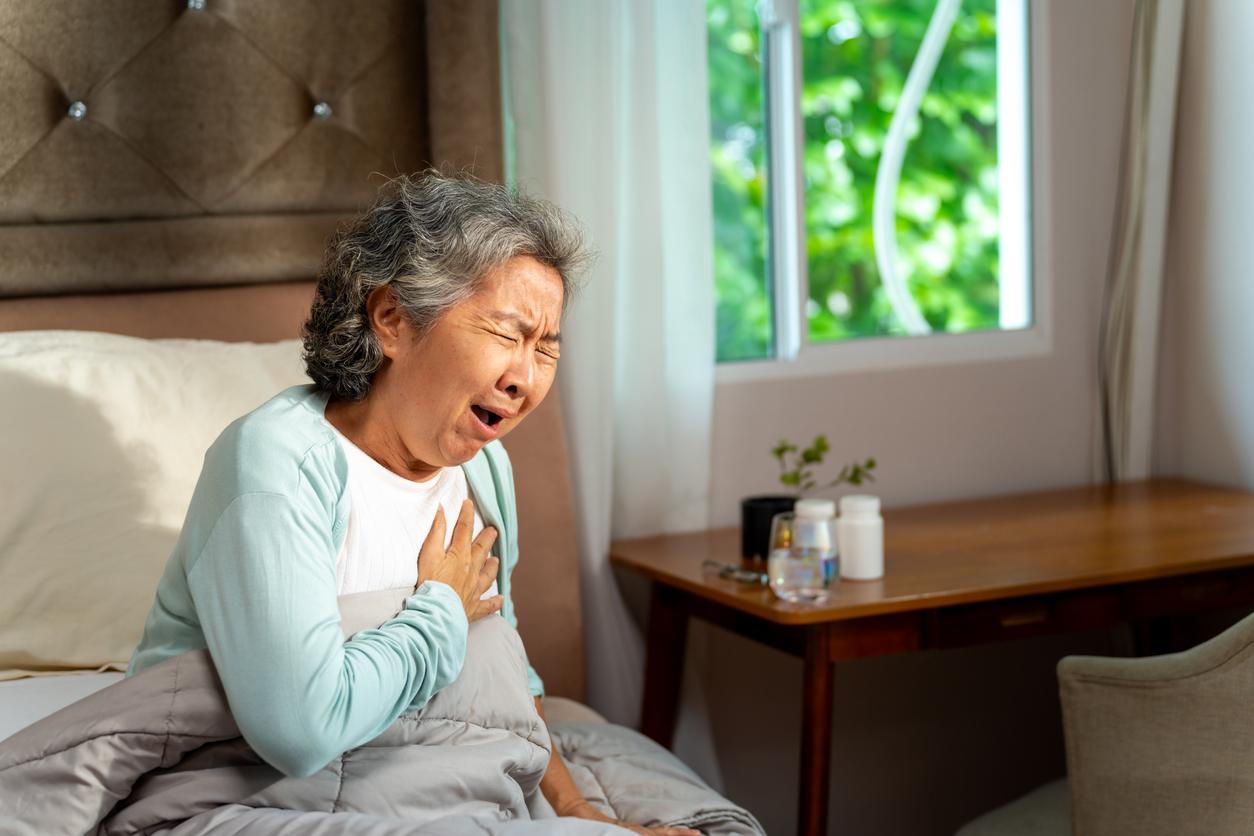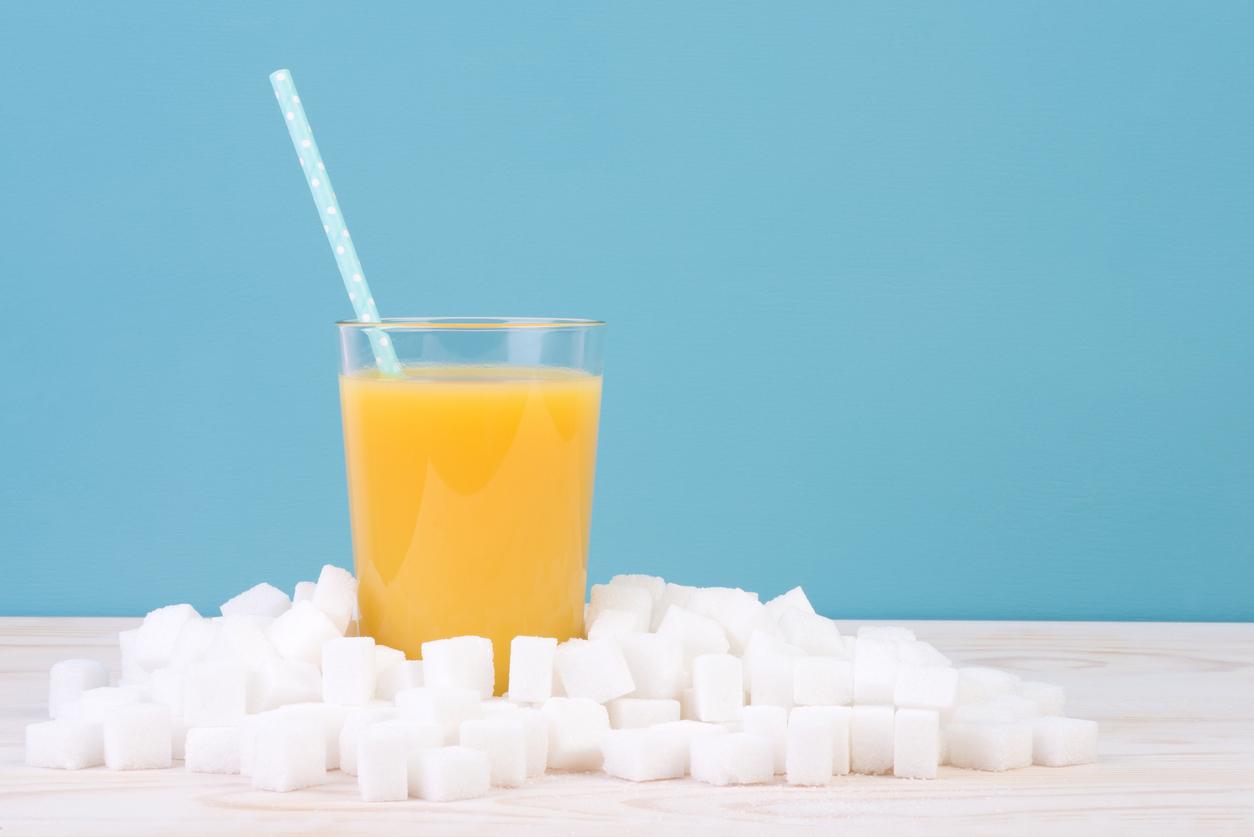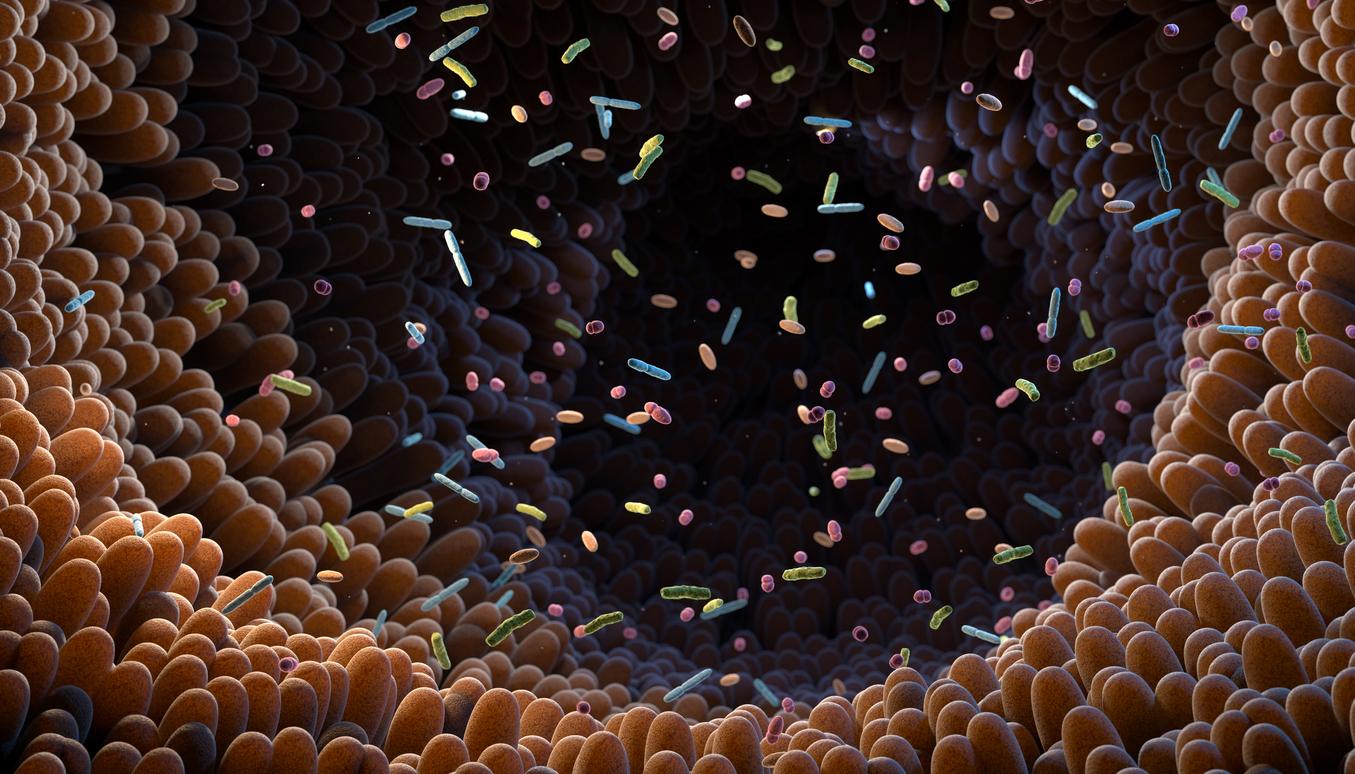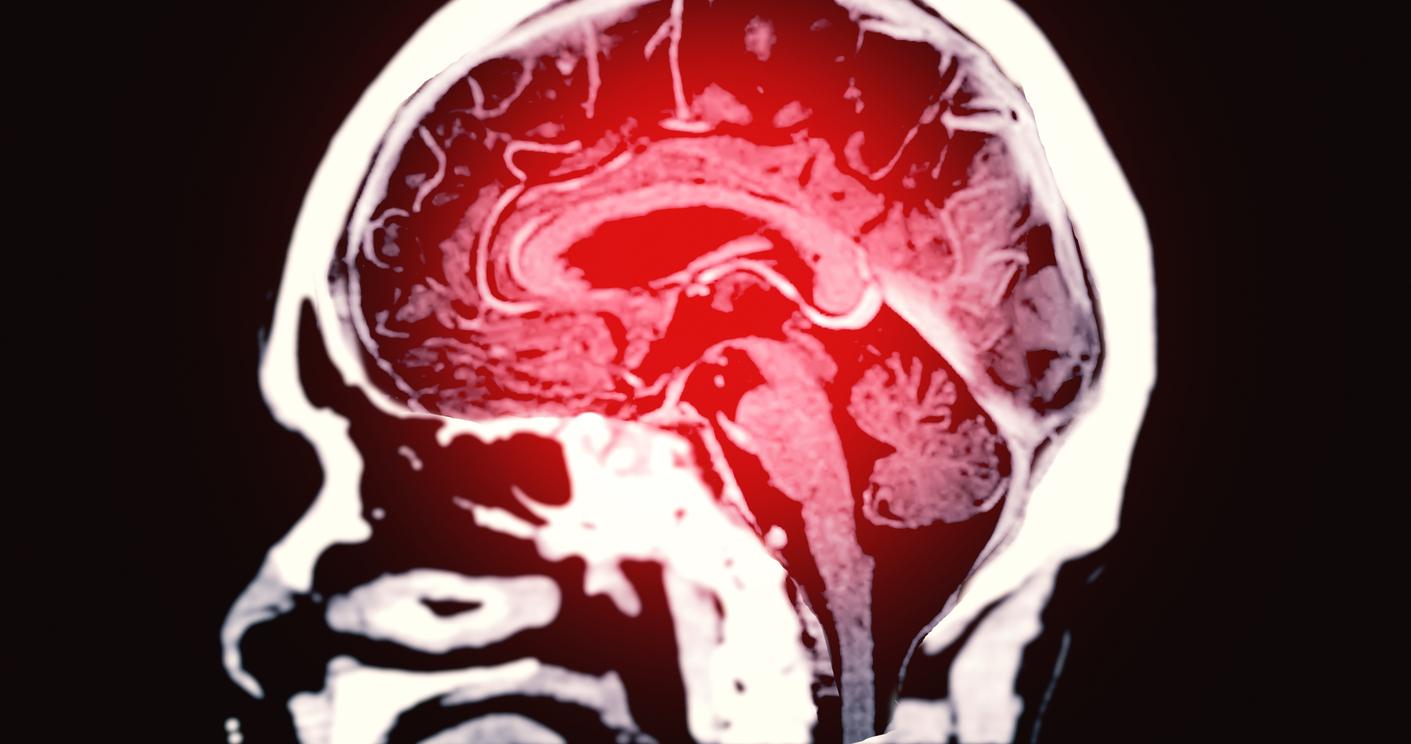Methamphetamine in particular causes strokes in young people who use it.
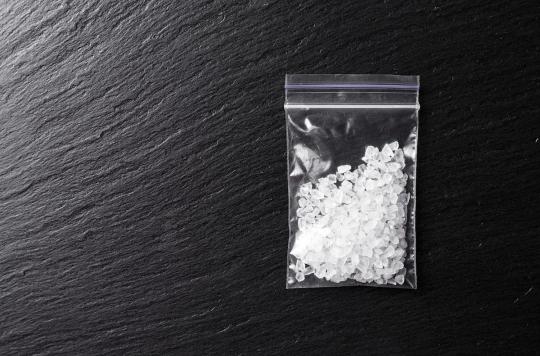
A new study of Journal of Forensic Sciences presents, for the first time, data on the use of psychostimulants in young adults who have died of stroke.
The psychostimulants are psychotropic substances considered as psychic stimulants, which accelerate the activity of the nervous system and stimulate the mood. They include nooanaleptics such as alertness stimulants (amphetamines, cocaine), antidepressant thymoanaleptics such as mood enhancers (antidepressants) and miscellaneous stimulants such as khat and caffeine.
Methamphetamine just before dying
Researchers found that between 2009 and 2016, psychostimulant users accounted for nearly one-fifth of the 279 cases of fatal strokes that occurred in adults aged 15 to 44. The majority of them had taken methamphetamine just before they died.
Less than half of stroke deaths have been attributed to methamphetamine toxicity alone, indicating that even a small dose of the drug can cause a stroke. “This is the first study to show the major role that psychostimulants play in fatal strokes in young adults,” said the research’s lead author, Professor Shane Darke, of the University of New South Wales, Australia. “All of these deaths were preventable. But users of these drugs are largely unaware of the risk. Users of psychostimulants, and those who treat them, need to be aware of their high risk of stroke, which can have consequences devastating,” he added.
Brain areas affected
In no case were ADHD medications associated with an increased risk of stroke. A stroke, also called a “cerebral attack”, is a sudden loss of function of part of the brain, caused either by a sudden stoppage of blood flow within a cerebral artery, or by the rupture from a bleeding artery in the skull, or the brain.
The severity of the stroke will depend on the location and extent affected brain areas. Indeed, each area of the brain is specialized (motricity or sensitivity of the hand, arm, leg, speech, vision, etc.). A localized accident will therefore eliminate a function in part or in whole. This explains why a person can have physical sequelae from a stroke (paralysis of a part of the body or face, reduction or disappearance of vision, speech problems, etc.).
According to the World Health Organization (WHO), nearly 5 million people worldwide die of strokes each year and 15 million suffer non-fatal strokes. In France, it is estimated that between 120,000 and 130,000 people are victims each year.
Signs that should alert
Contrary to popular belief, a stroke doesn’t always hurt. It therefore happens that we do not realize that we are making one. The case of an American woman in her 60s who discovered that she was having a stroke by looking at selfies she had just taken to change her Facebook photo attests to this. However, a stroke, whatever it is, constitutes a medical emergency and it is very important to know the signs in order to contact the emergency services. They can be varied:
– muscle weakness, paralysis of a limb (e.g. inability to raise arm) or face (inability to smile with lip drooping to one side),
– A loss of sensitivity or numbness of one or more limbs or face,
– A loss of sight in one eye or half of the field of vision in each eye, or double sight sudden onset,
– From difficulties speaking, either due to difficulty in articulating or finding words, or due to the use of incomprehensible words or difficulties in understanding what one hears,
– From sudden onset of balance or limb coordination disorders, with difficulty walking, such as a drunk person,
– From vigilance disorders that can go as far as coma,
– One sudden, intense and unusual headache.

.







